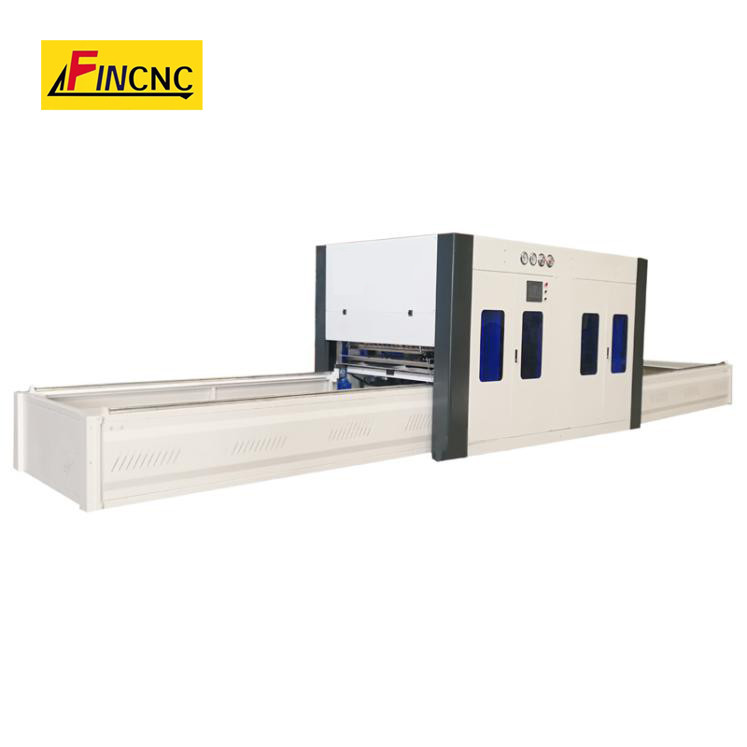Aspects of a membrane press machine
2023-11-20
A membrane press machine is a type of equipment used in woodworking and furniture manufacturing for laminating or veneering surfaces with various materials. It is particularly designed for applying decorative laminates or veneers to substrates, such as particleboard, MDF (Medium Density Fiberboard), or plywood. The primary purpose of a membrane press is to create a strong and consistent bond between the substrate and the applied laminate or veneer. Here are key features and aspects of a membrane press machine:
1. Vacuum Press Technology:
- Membrane press machines operate on the principle of vacuum press technology. They use a vacuum to create pressure on a flexible membrane that presses the laminate or veneer onto the substrate.
2. Flexible Membrane:
- The machine features a flexible silicone or rubber membrane that conforms to the shape of the workpiece, ensuring uniform pressure distribution and eliminating the need for a rigid press plate.
3. Heating System:
- Membrane presses often have a heating system that activates the adhesive in the laminate or veneer, allowing it to bond securely to the substrate.
4. Vacuum Pump:
- A vacuum pump is a crucial component that generates the negative pressure needed to press the membrane against the workpiece.
5. Programmable Controls:
- Modern membrane presses are equipped with programmable controls that allow operators to set parameters such as temperature, vacuum pressure, and pressing time.
6. Ease of Operation:
- Membrane presses are designed for ease of use. Once the workpiece is loaded and the parameters are set, the machine automates the pressing process.
7. Versatility:
- Membrane presses can handle a variety of materials, including laminates, veneers, and 3D foils, making them versatile for different applications in the woodworking industry.
8. Three-Dimensional Shaping:
- Membrane press machines are capable of three-dimensional shaping, allowing them to laminate surfaces with complex contours and profiles.
9. Applications:
- Common applications include laminating cabinet doors, furniture components, store fixtures, and other wood-based products.
10. Quality and Consistency:
- Membrane presses ensure high-quality and consistent results by providing even pressure across the entire surface of the workpiece.
11. Adaptive Technology:
- Some membrane press machines feature adaptive technology that can adjust to variations in material thickness and shape.
12. Efficiency and Productivity:
- Membrane presses contribute to increased efficiency and productivity in woodworking and furniture manufacturing by reducing manual labor and ensuring precise lamination.
Membrane press machines are widely used in the woodworking industry, providing an efficient and reliable solution for applying laminates or veneers to various workpieces. Their ability to handle three-dimensional shapes and produce consistent results makes them valuable in the production of high-quality furniture and wood products.



